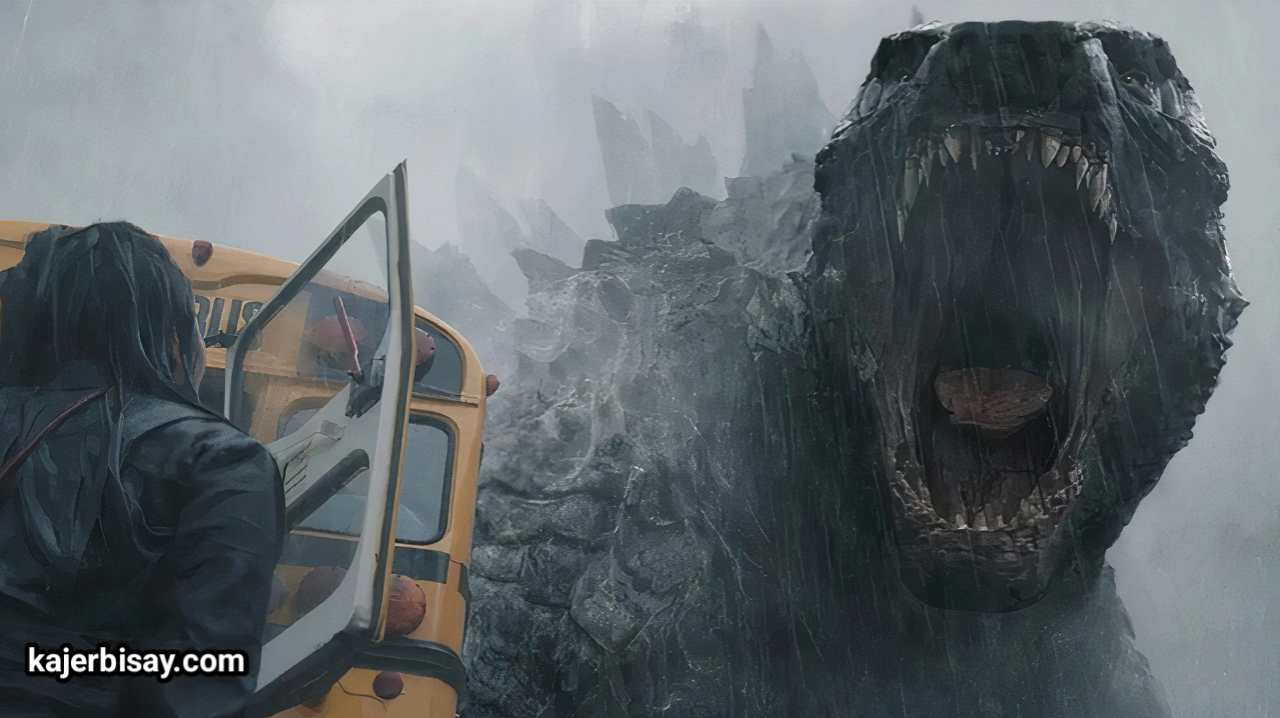It would be understandable if someone groaned upon hearing about yet another renegade gunman targeting Quest headsets.
In standalone VR, their ubiquity has made them rather widespread, despite the quality and nuance offered within the genre. It’s difficult to introduce a successful new version of this tried-and-true model when there’s fierce competition from notable titles like In Death: Unchained, Ghost Signal, and The Light Brigade.
We descended into The Foglands to investigate if creators Well Told Entertainment had managed to capture the enchantment that catapulted the genre into prominence or had succumbed to the mineshaft of obscurity, in light of the impending threat of roguelike weariness.
The Information in The Foglands Review

In the post-apocalyptic planet of The Foglands, the remaining remnants of civilization are compelled to live underground. Players will take on the role of Jim, a recently hired “runner,” and begin a career of foraging and survival in the dangerous Foglands.
Your first run ends in a very predictable way with an inevitable gory death, after which a mysterious person arrives and offers you a pricey version of immortality. This story device offers a sufficient preamble to explain away the genre-defining “Live, Die, Repeat” repeat. You start your journey towards fame, glory, and the centre of the planet right now.
The Foglands excels with light world building, which contributes to the character development of its characters. With every new run, a little bit more of the mythology surrounding the destroyed world of the Foglands is revealed.
This breaks up some of the boredom that the early going of a roguelike can suffer from and adds a subtle emotional resonance to the proceedings.
The gunplay is incredibly light-hearted, with only a few dull weapon options that get tiresome to use right away. The enemy strikes are obscured by muddy motions that feel unfair and confused, and the adversary animations—or lack thereof—rob your attacks of any effect.
There is no visual indication in recoil to tell you that it is recoiling. The gameplay becomes frustrating as shots randomly diverge while your rifle remains stationary, depriving every shot of its connection to the game environment. In contrast to a game like The Light Brigade, where every encounter seems real and grounded, The Foglands’ fighting simply seems unimportant.
Another major aggravation is the holstering system, which is positioned just far enough away from the players’ bodies to obstruct practically every contact. Both grabbing and flinging something are difficult and counterintuitive. It all comes together to create an encounter where everything feels more difficult than it needs to be.
The Foglands hits every well-known stereotype in the genre, yet none of them connects well. Although everything is present—random power-ups, the capacity to gradually raise your stats, a variety of procedurally created rooms and environments—none of it is particularly fulfilling.
The upgrades are insignificant, offering a variety of uninspired gains that neither add up nor produce a visibly strong sense of strength. Over the course of multiple runs, enemy types evolve from basic to more numerous and better, but the AI underlying them is appalling, and the limited variation they offer soon grows boring.
Loading screens are bizarrely inserted into the stages at what appears to be random intervals. The Foglands places loading points at what appear to be random locations in the middle of rooms and hallways, in contrast to most games that employ doors as logical loading sites.
The frustration you feel the 50th time you enter a hallway knowing it serves no purpose other than to creep up on you with a load screen attack is hard to put into words.
The art direction, which combines post-apocalyptic and Old West motifs in an intriguing and dynamic way, demonstrates some serious creativity. The subterranean civilization’s maze-like tunnels are initially boring, but they gradually start to change and make way for a generally pleasant range of areas.
Regretfully, the technological execution severely underwhelms the potential shown in the art direction. Throughout the game, the textures are muddy and uneven, frequently appearing strangely out of place from where they are supposed to be.
There are obvious fissures in the joints between the walls and floors, and the bases of the walls are frequently out of alignment with the terrain they are built over.
Character animations fall short as well; they move haltingly over the game area and frequently aren’t aligned with the surfaces they are on. During combat, the animation flaws are very apparent since it is nearly difficult to anticipate where gunfire would originate. This lack of visual polish detracts from the difficulty by making the combat seem unfair and careless.
Wild West, wild west
Similar to the visuals, the sound design has some extremely intriguing components that are eventually ruined by subpar execution. The soundtrack is actually excellent; it starts out rather sparse but develops as the player advances, showing its complexity in later plays.
New instrumental motifs emerge with every run, fusing crunching industrial beats with sinister slide guitar and harmonica melodies to build tension and personality.
Unfortunately, practically every other aspect of the sound design falls short of the score. The sound effects are dull and lifeless. Shots have no weight or impact, making fighting seem pointless and shallow. As a matter of fact, aside from the soundtrack, the sound design does very little and adds nothing substantial to the gaming environment.
The Final Verdict of The Foglands Review
The Foglands has a good, changing music and some encouraging art design, but overall, it’s hard to recommend. The Foglands offers a gameplay cycle that is monotonous and uninteresting from the start, and it doesn’t innovate or stand out above the other roguelike games in the genre.
